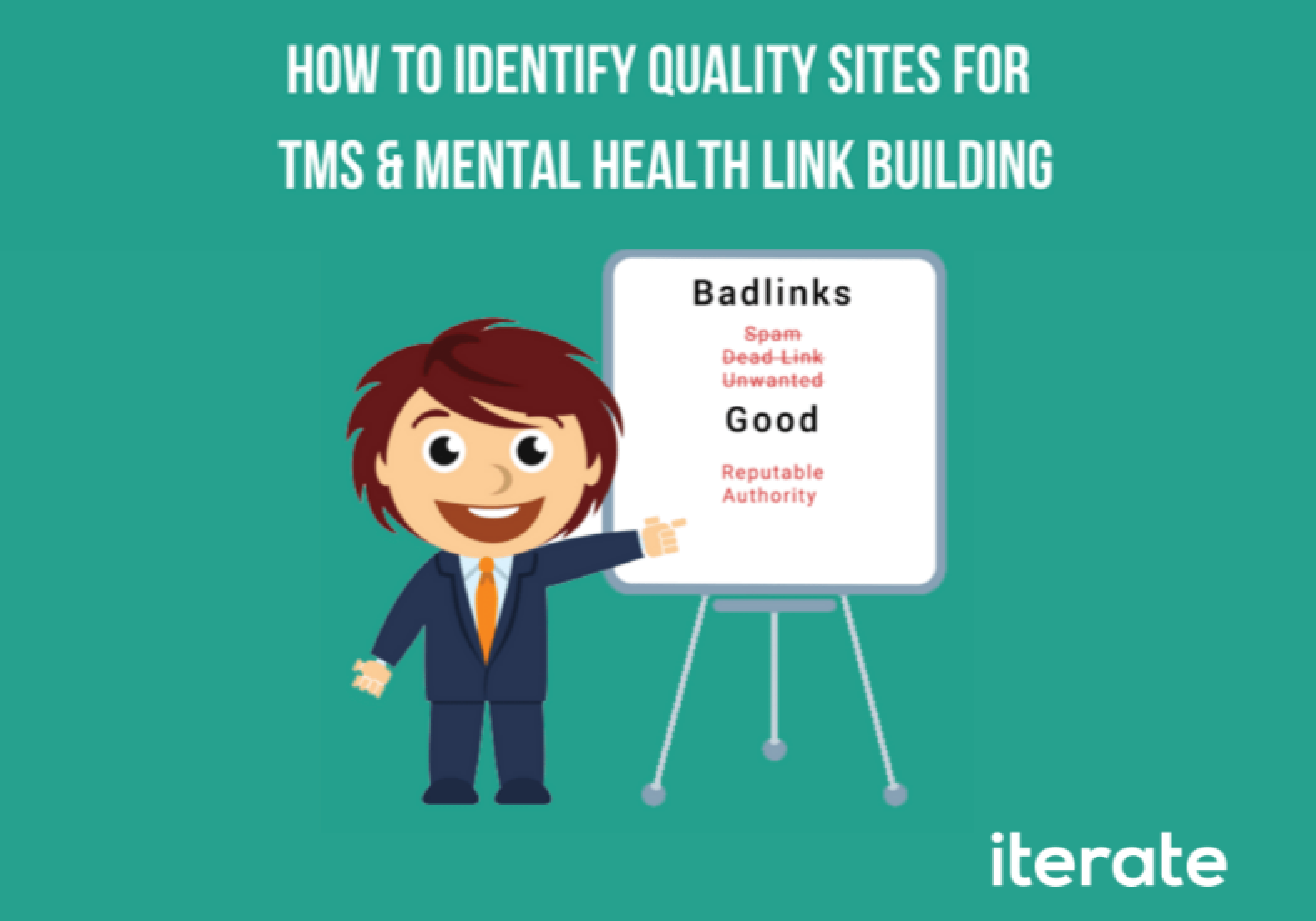There’s a lot that entails when it comes to search engine optimization (SEO). Even the most trivial factors can go a long way in helping you please the search engines and rank higher in the search engine result pages (SERPs). One of those many factors is anchor text.
But what exactly is an anchor text?
In this article, we’ll go through the different types of anchor text, and its SEO best practices you should know.
Let’s get started.
What is an Anchor Text?
Anchor text is clickable text (link within a word or a phrase) used for internal and external links on a webpage. On most webpages, it is visible as underlined and blue (for example: differences between TMS and ECT ) however, some websites customize the outlook of their anchor text.
In other words, when you acquire a backlink from an external webpage, it is hidden in an anchor text superimposed on it to give a smoother, relevant, and informative outlook of the destination webpage.
If you’re using a content management system (CMS), such as WordPress, you can simply add a hyperlink by selecting a part of text and pressing CTRL + K and pasting the URL.
On HTML, this is what the code looks like:
<a href="https://www.TMSClinic.com">TMS Clinic</a>
The purpose of an anchor text is to enhance user experience by allowing both, users and search engines to understand the content of the destination link.
The Different Types of Anchor Text
Let’s consider that the keyword that the destination webpage is trying to rank for in the Google SERP is TMS therapy. Considering this keyword phrase, here are the many ways one could frame the anchor text:
- Exact Match Anchor Text – this anchor text is word for word as your target keyword phrase. In this case, your phrase match anchor text will be “TMS therapy.”
- Partial Match Anchor Text – in this type, you choose words similar or synonymous to your main keyword phrase, but not exactly the same, for example, “Transcranial Magnetic Stimulation.”
- Branded Anchor Text – as the name suggests, here you use the brand name of the linked page in the anchor text, for example, “FloridaTMSClinics.”
- Generic Anchor Text – instead of using the name, meaning or context of the anchor text link, generic anchor text uses a generic phrase such as “Click Here,” “Here’s the link to the page,” etc.
- Naked Link – in this type, the anchor text itself is the naked URL of the linked page, for example, “www.TMSNewyork.com”
- Images – this type adds the alt text (alternative text – description of an image) as an anchor text to a linked image.
Anchor Text Best Practices
Since anchor text is critical component of your TMS clinic’s link building strategy, it is important to learn the dos and don’ts of anchor text optimization for the best user experience and ultimately higher search engine page ranks.
Here are the really important ones (these apply to both internal and external links):
It Should be Descriptive (But Not too Long)
A good anchor text is one that describes the elements of the linked page clearly in as fewer words as possible.
For example, if the page you’re linking to is a research article titled – The Success of TMS Clinics in the Unites States Despite the Stigma Attached to in the Society:
- a bad anchor text would be – here’s the research done by Newyork’s TMS clinic doctors pertaining to the acceptance of TMS clinics in Unites States despite facing stigma backlash from the society.
- a good anchor text would look like – research on the success of TMS clinics in the face of mental health stigma in the Unites States found.
Again – descriptive, but concise and accurate.
It Should be Relevant
According to search engines, link relevancy is considered as one of the important ranking factors.
It assesses both the webpages (the one sending the link and the one acquiring it) in terms of content relevancy. If the linking page’s anchor text and linked page’s topic is similar, it can add up to their favor.
When linking to a medical research, you want to use an anchor text that either describes what the page is about (the preferred method) or is a call-to-action (such as “click here”).
Avoid Making it Keyword Intensive
Google’s Penguin update (webspam algorithm) considers the excessive keyword-rich anchor text stuffing throughout a webpage as a spammy SEO practice.
If you’re sending a lot of backlinks from one webpage by using the exact keyword phrase, don’t do it. It is better to use natural anchor text variations (such as partial match and other types instead of exact keyword phrase) and aim for a natural anchor text distribution.
Conclusion
Since anchor text can play a role in helping search engines understand your TMS clinic website (and therefore, potentially rank you higher for relevant search queries), don’t compromise when creating them – especially when actively creating backlinks through guest posting and internal linking.
Finally, if you want to ensure maximum user experience and even higher search rankings, remember to link to other relevant websites paired with the perfect anchor text.






